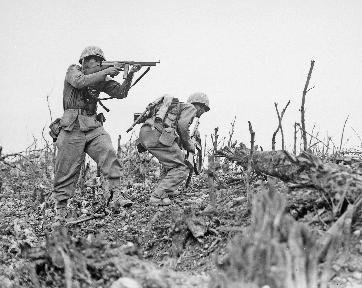
European Battles of World War Two Quiz
On this map of Europe, can you identify ten important battles or military operations during the Second World War?
A label quiz
by stedman.
Estimated time: 3 mins.


| 1. |
| 2. |
| 3. |
| 4. |
| 5. |
| 6. |
| 7. |
| 8. |
| 9. |
| 10. |